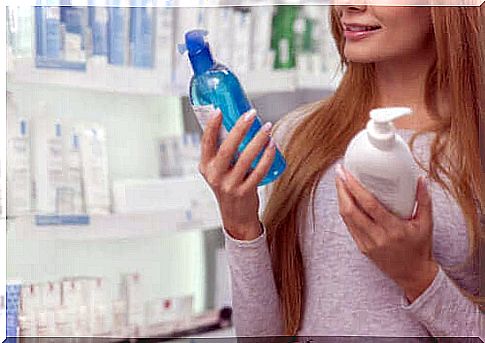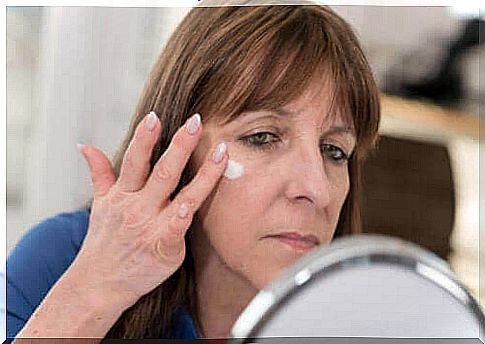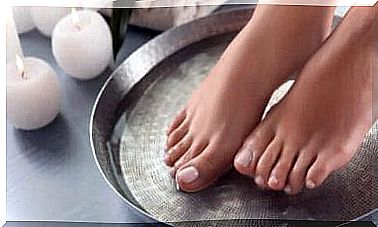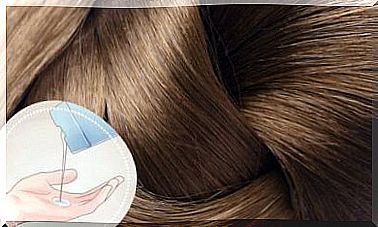How To Read And Understand Labels On Cosmetics

Labels on cosmetics are an important part of these products, so you should pay attention to them when buying cosmetics. They contain a lot of information about ingredients, benefits and uses. This is all important information for the consumer, so read on here to find out what to keep an eye on.
The skin is a tissue that can absorb the various substances that are in cosmetic products. Problems arise when dealing with toxic chemicals that can do long term damage.
What is cosmetics?
To better understand the labels, we must first know what cosmetics are. Here we are talking about substances that we apply to the surfaces of the body to protect, cleanse or hide natural body odor. However, it differs from country to country.
That is why creams, deodorants, perfumes and makeup are all on the long list of products in this category. Read on and learn what to look for on cosmetics labels.
What is INCI and what does it have to do with cosmetics labels?
INCI (International Nomenclature of Cosmetic Ingredients) is a system that governs the terminology of cosmetics. This applies to the designation of ingredients on the product.
In some cases, the Latin names of the ingredients with their scientific name, and derivatives or chemical ingredients are in Danish. The various components are also listed according to the size of their content.

What information should cosmetic labels contain?
Labels on cosmetics are usually not that easy to read, but you need to know the basic rules. First of all , they should contain a list of ingredients and show them in descending order by quantity.
In addition, the list must contain substances such as allergens that can cause reactions in sensitive individuals. However, substances with a concentration of less than 1% may be listed in random order.
The star (*) is another important point for understanding labels on cosmetics. It is there either to show the origin of the ingredient or to indicate allergens in the contents.
The Danish Medicines Agency includes information such as the company’s name and address, measures, product function, amount of content, instructions, expiry date, shelf life and serial number.
Ingredient list of labels on cosmetics
Many ingredients with great benefits, and which are essential for the product, are added in small amounts. They are therefore not at the top of the list, but you need to be able to recognize them. Preservatives and perfumes are available in smaller quantities of less than 1%.
Here is a selection of some of the primary components that can affect health:
- 1,4-dioxane is found in products that foam and are toxic.
- Benzophenone is a substance in lipsticks and nail polish that protects against ultraviolet light.
- Butyl compounds inhibit the endocrine system and are toxic to certain organs.
- Coal tar is a carcinogen that is sometimes found in shampoos, soaps and hair dyes.
- Ethanolamine is a chemical in cosmetics and is currently banned in several countries due to suspicion of a link with carcinogenic nitrosamines.
- Formaldehyde is a substance that is released by the preservatives in most shampoos and liquid soaps for children.
- Triclosan is available in washing powder and toothpaste.
- Titanium dioxide is a possible carcinogen in makeup powder.
- Nitrosamines can be found in a wide variety of cosmetic products.
- Phthalates, which are banned in some countries, are substances found in products such as fragrance creams and soaps.
Other information on cosmetics labels
There are certain things on labels on cosmetics that you need to be aware of and know what they mean. Here are the most relevant:
Cruelty free
As the name suggests, it refers to the fact that the manufacturer has not tested the product on animals. It may even be adorned with a certificate from an authority.
Allergy friendly
This label shows that the product has a formula that gives fewer allergic reactions. However, there is no guarantee that the product will not cause skin problems.

Expiration date
This is the time frame in which you should use the product, while also paying attention to storing it properly. Otherwise, it can get worse faster.
The labels must show the maximum time of use, and in many cases it will state that the product can last up to a given month or year.
Information on cosmetics labels
The cosmetics industry is one of the fastest growing, and it has led manufacturers to show greater transparency in their formulas and on their labels. As a result, the ingredients have become more relevant to consumers, who can better see what they are buying.









